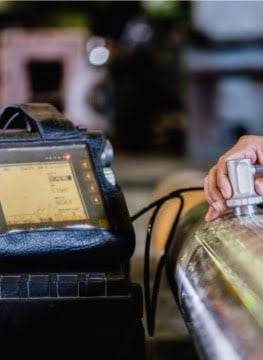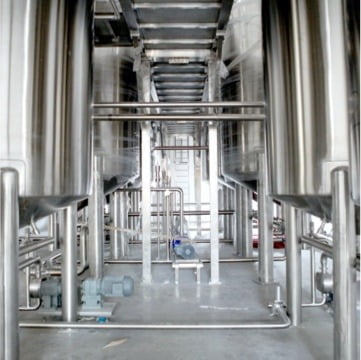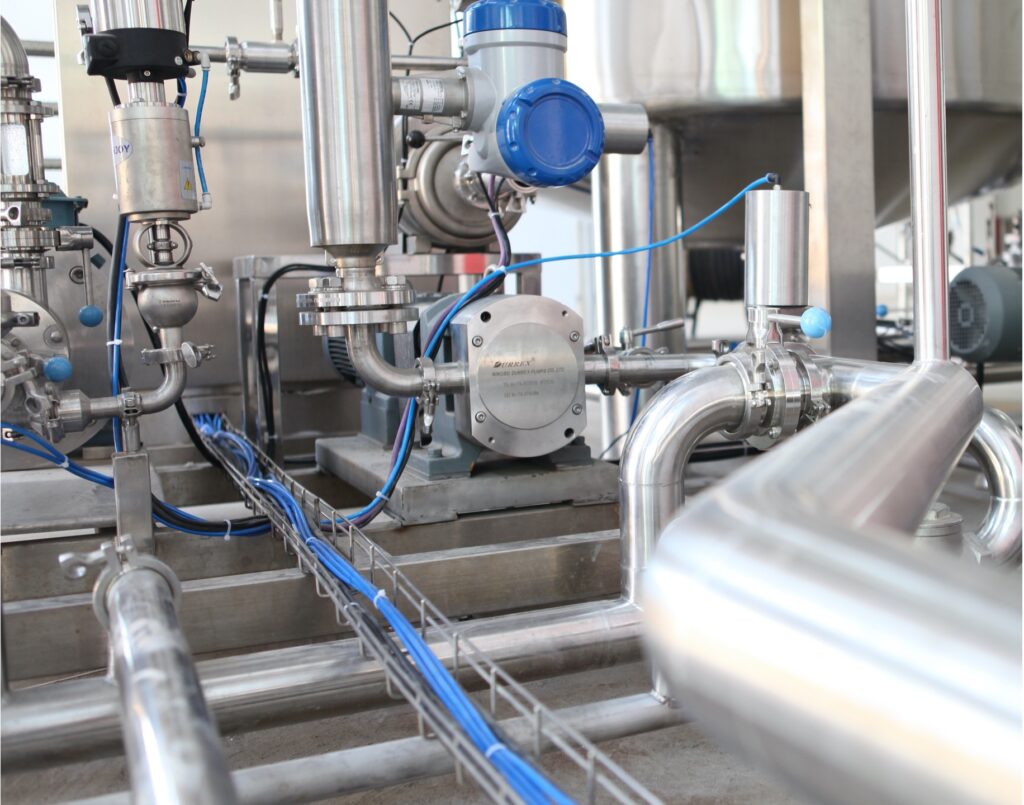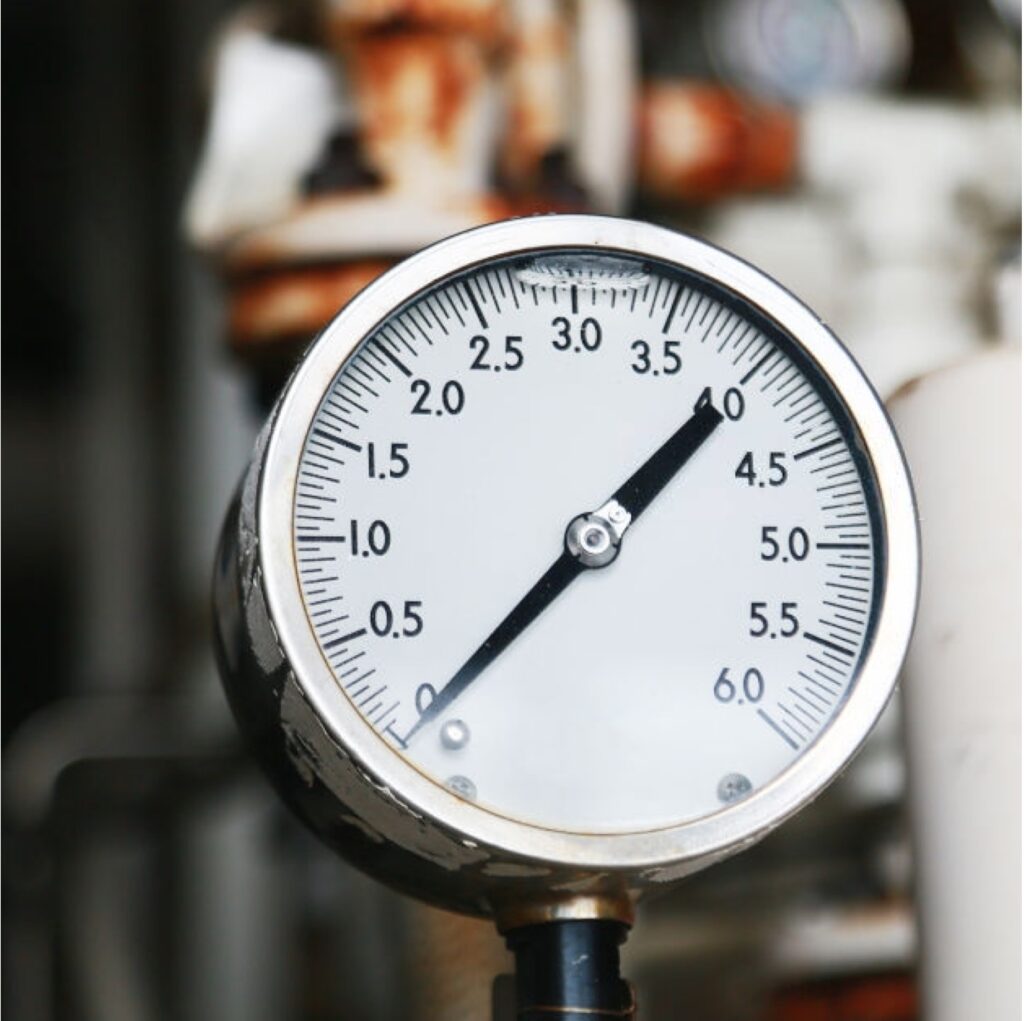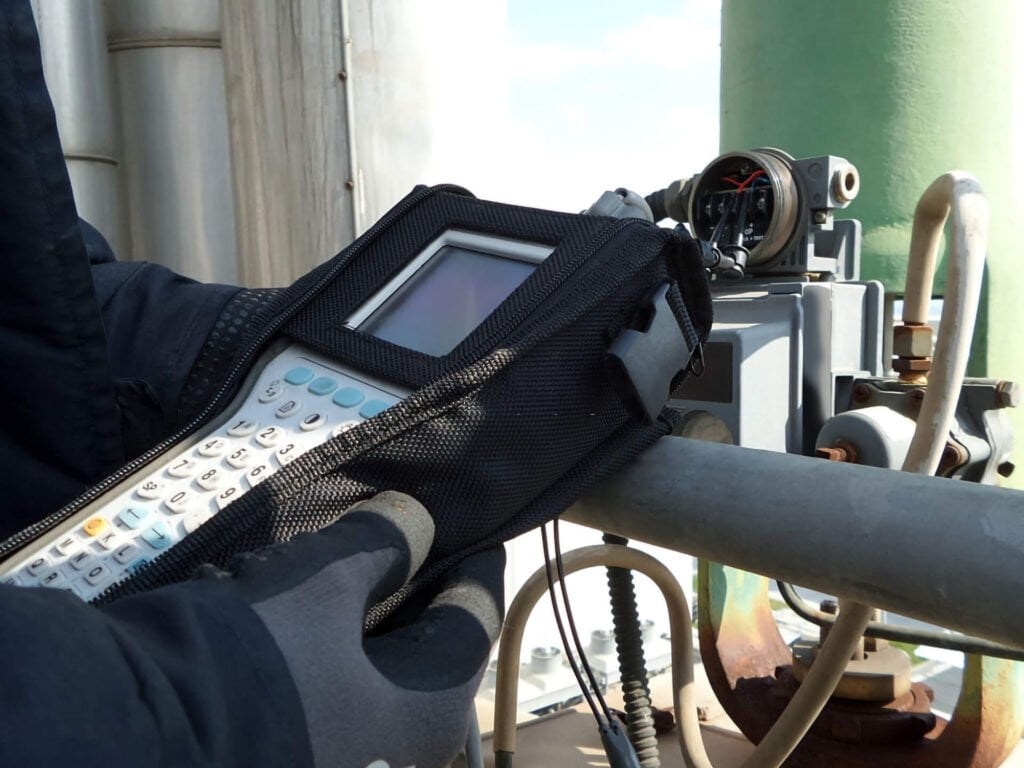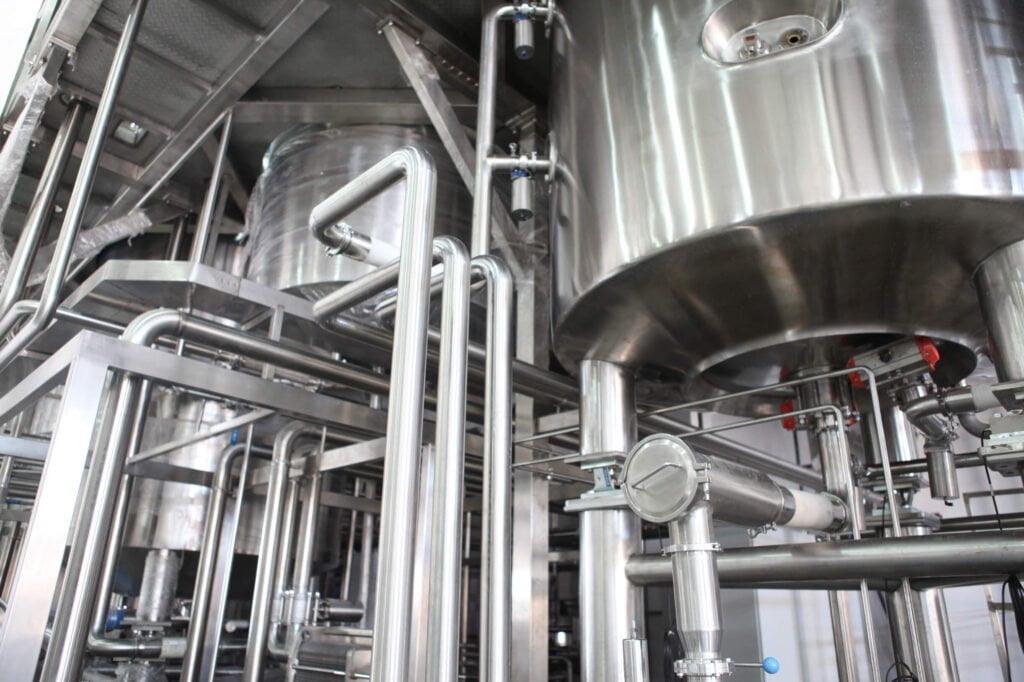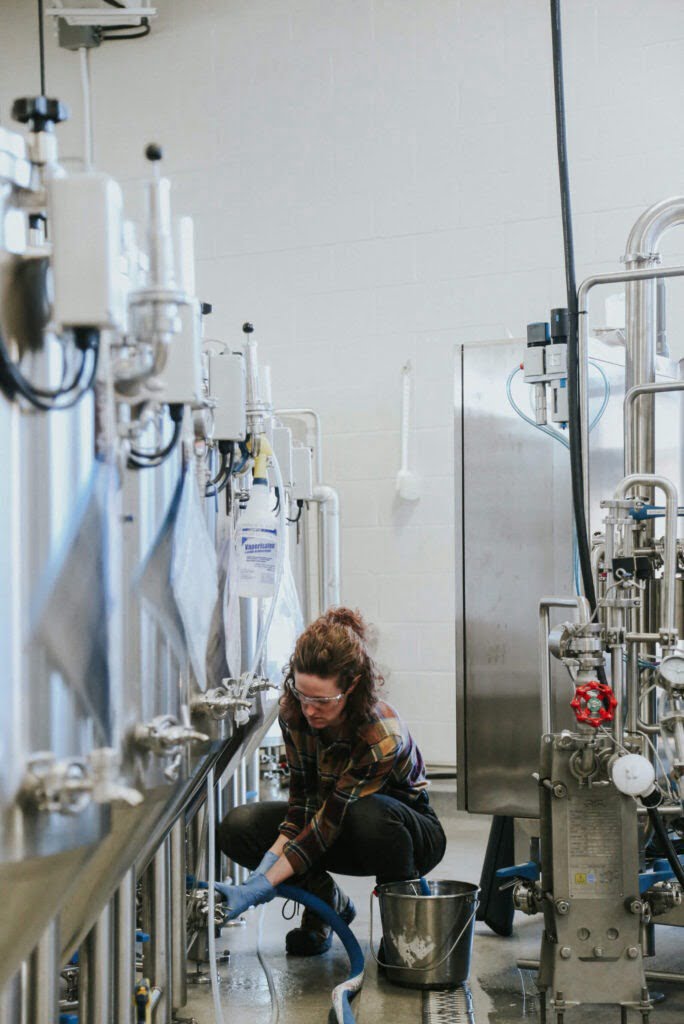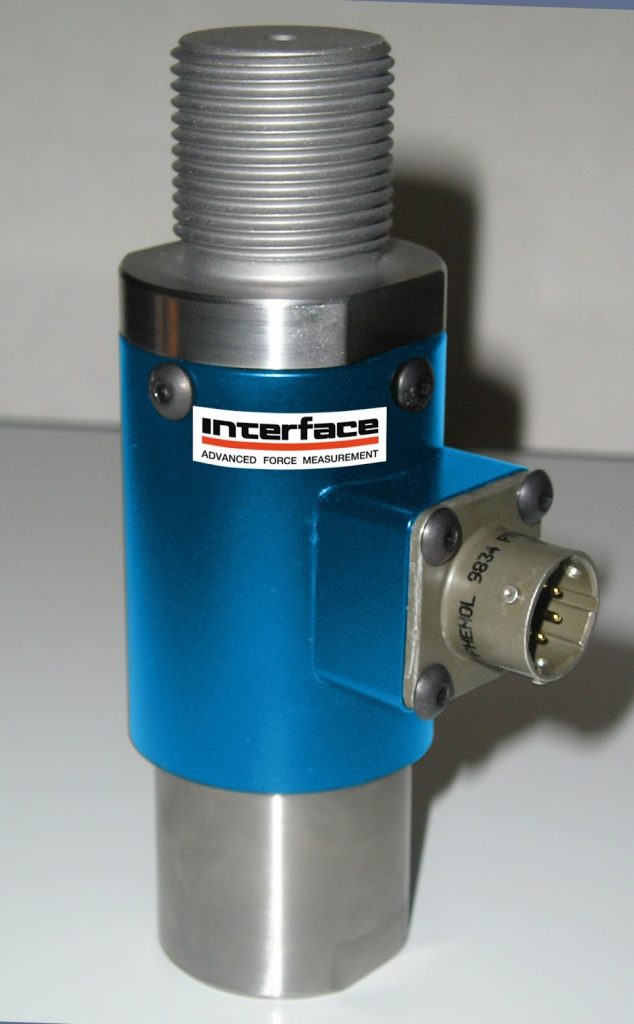Do you know why Mass Flow reference conditions matter?
You would think that measurements of mass flow would be expressed in units of mass, such as grams/hour, milligrams/second etc. Most users, however, think and work in units of volume. That’s OK, at least when we are talking about the same reference conditons. Let me start with an example:
Mass versus Volume
Imagine you have a cylinder of 1 liter, which is closed by means of a moveable piston of negligible weight. This cylinder contains 1 liter of air at ambient pressure, approximately 1 bar. The weight of this volume of air at 0°C is 1.293 g, this is the mass.
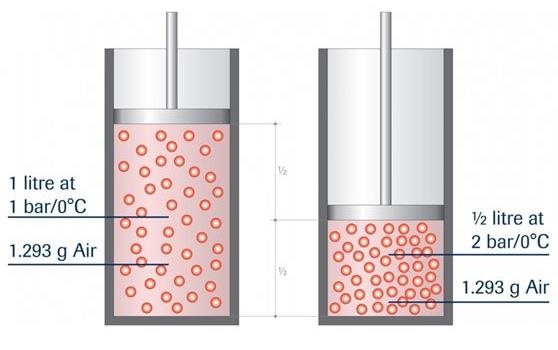
Volume Flow versus Mass Flow
When we move the piston half way to the bottom of the cylinder, then the contained volume of air is only ½ liter, the pressure is approximately 2 bar, but the mass hasn’t been changed, 1.293 g; nothing has been added, or left out.

According to this example, mass flow should actually be expressed in units of weight such as g/h and mg/s. Many users, however, think and work in units of volume. This not a problem, provided conditions under which the mass is converted to volume are agreed upon.
Using density in converting mass flow to volume flow
In order to use density in converting mass flow to volumetric flow, we must pick a set of specific pressure and temperature conditions at which we use the density value for the gas.
The conditions that are agreed upon contain various references, normal reference and standard reference, available in European or American style. What is de difference?
Normal reference, European style
Following the ‘European’ definition, a temperature of 0°C and a pressure of 1,013 bar are selected as ‘normal’ reference conditions, indicated by the underlying letter “n” in the unit of volume used (mln/min or m3n/h). The direct thermal mass flow measurement method is always based on these reference conditions unless otherwise requested.
An example conversion to volumetric units using Normal reference conditions: The mass flow meter indicates 100 g/h of Air flow. • Density Air (@ 0°C) = 1.293 kg/m3 • X ln/m Air = 100 g/h / (60 minutes x 1.293 kg/m3) • Flow = 1.29 ln/m Air
Standard reference, European style
Alternatively, a temperature of 20°C and a pressure of 1,013 bar are used to refer to ‘standard’ reference conditions, indicated by the underlying letter ‘s’ in the unit of volume used (mls/min or m3s/h).
An example conversion to volumetric units using Standard conditions: The mass flow meter indicates 100 g/h Air flow. • Density Air (@ 20°C): 1.205 kg/m3 • X ls/m Air = 100 g/h / (60 minutes x 1.205 kg/m3) • Flow = 1.38 ls/m Air
If the prefix ‘s’ has been used, it refers to the American style.
Standard reference, American style
According to the ‘American’ definition the prefix ‘s’ in sccm, slm or scfh refers to ‘standard’ conditions, 101.325 kPa absolute (14.6959 psia) and temperature of 0°C (32°F).
Please be aware of the reference conditions when ordering an instrument. ‘Normal’ and ‘Standard’ can be relative to each customer.
Why is this important? Because mixing up these reference conditions causes an offset in what the customer expects to see by greater than 7%!
Adapted from Bronkhorst Blog
